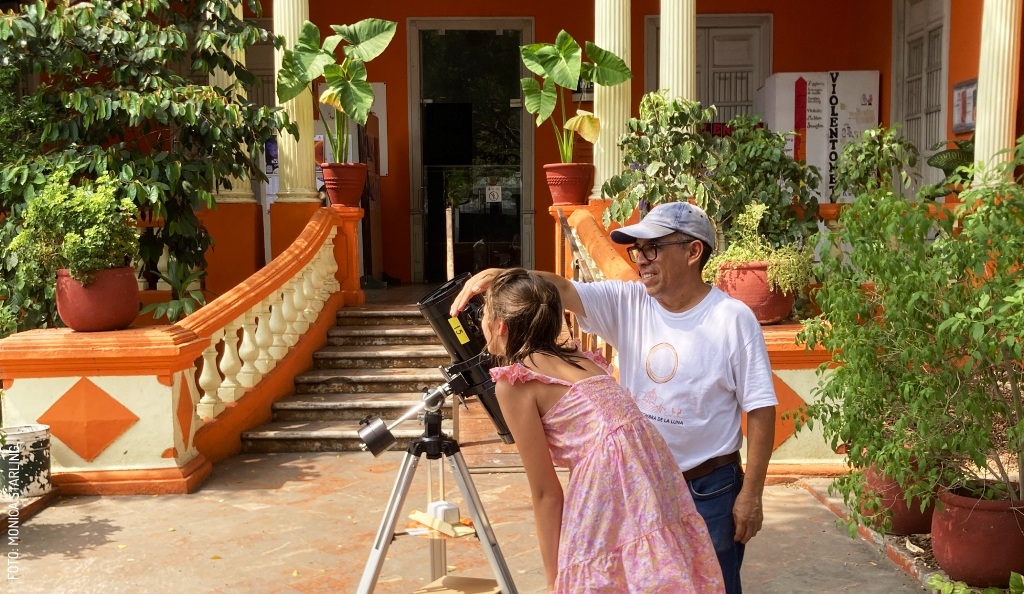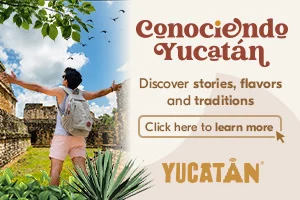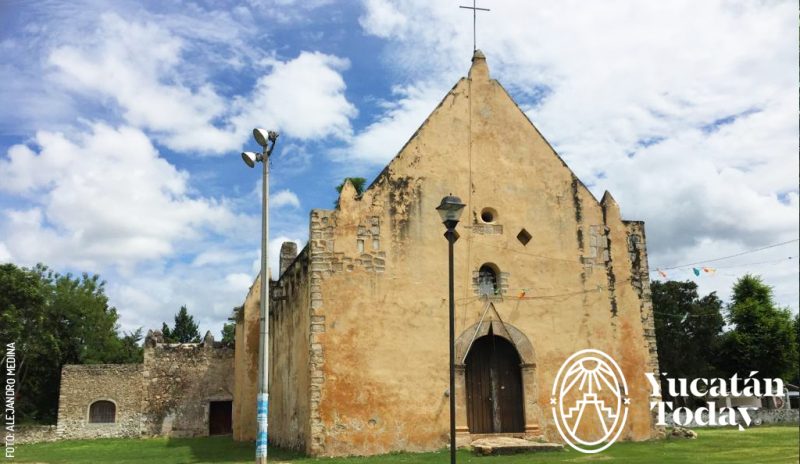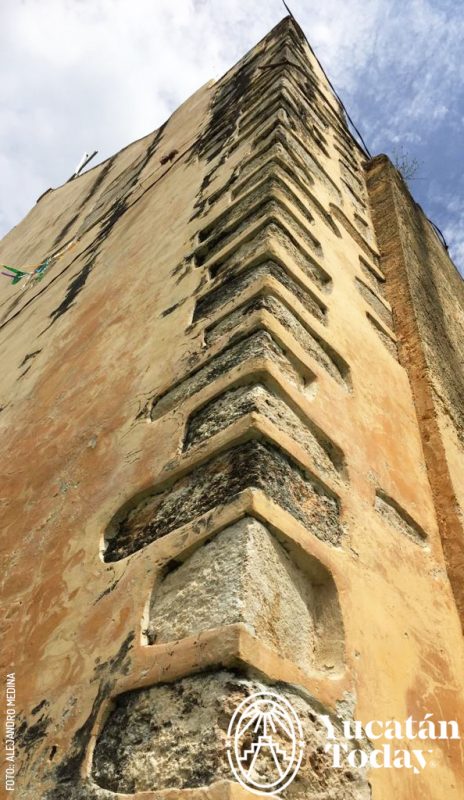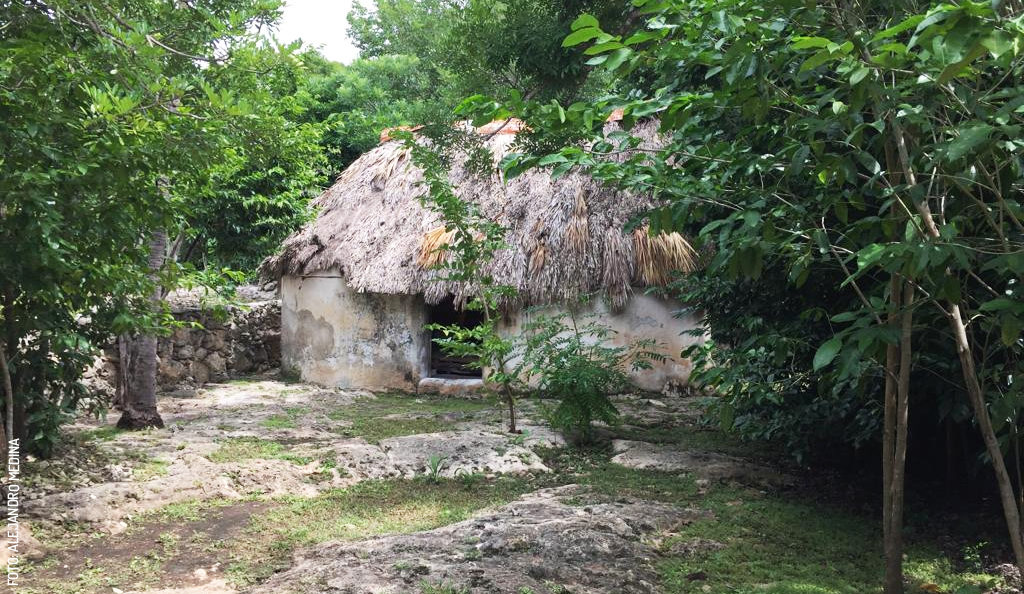
Telchaquillo: The Past in Today
Since I was young, roads have been an important part of my life. Every day, I would travel from the ranch where I lived to the town where I went to school. I would also often go to the Milpa, to neighboring towns to get anything that was needed, or to Mérida to visit family. I crossed roads of K’ankab’o’ob (red soil), Áak’alche’ob’ (black soil), stone and asphalt roads, muddy roads, good and bad roads... many different types of roads.
On those trips, I would keep myself entertained by singing, counting the lines that divided traffic lanes, looking at trees or at the moon, or by looking for animals. When we traveled through routes that cut across towns, I liked to look at the plazas, markets, churches, the goods sold in town, and the people walking by.
A Town to Remember
A few years ago - when I was not quite so young anymore - I was traveling with my father when we passed a town with something that immediately caught our eye, a facade covered in stones with Maya designs.
South of Mérida, in the municipality of Tecóh, you’ll find Telchaquillo. This small town was rather cut off before the construction of the highway. Because it has such a small population, 1,347 habitants according to the last census, little is known of this place which hides its great importance.
Some History
Don Eduardo Cobá Pacheco explains that during the era of the Henequén, Telchaquillo was a town surrounded by Haciendas. After the fall of this industry, the residents made their living off the Milpa up until about 50 years ago. Although the land is rocky, the abundance of cenotes and the fertile soil allowed for good harvests. Today, the practice of planting and partaking in the Maya Milpa rituals are still very much alive; however, most people have to go out and find work to meet their basic needs.
Tips for your visit
When you visit Telchaquillo, you’ll notice the warmth of its people. Because it's a small town, everyone knows everyone and you will be referred to the people who look after the church, the cenotes, and those who can tell you about the history of the place. The cenotes are one of Techaquillo's main tourist attractions. You’ll discover that there is one in the main square, in front of the church. Thanks to these cenotes, the population has water that they extract through wells for their crops. The people explain that Telchaquillo is a privileged place for bees, because it’s surrounded by jungle and cenotes, which maintains good humidity.
By walking through its streets, you’ll notice the floral smell of the Orange Jessamine and other flowers that feed the bees and add cheer to your visit. While you're exploring, stop for a chat and share snacks and a delicious exchange of knowledge with locals. You’ll learn about the importance of Mayapán, the closest archeological site, where the Maya came together to fight after contact with the Europeans. You’ll get to see Maya homes with their original gravel construction, and how locals care for the land they live on.
Maya stones in the church
So, why does the church have carved Maya stones? The answer is simple: The Maya built it! Certainly, the figures on the stones represent the jungle, flowers, water, and other elements of fertile land that feed the people and bees. When you visit the church, you’ll see the mural that surrounds the archeological site which was destroyed for the construction of the church, as well as partake in a guided tour where you’ll learn about Telchaquillo's history.
If you enjoy venturing into the jungle, you’ll be able to do so in this region knowing you are in safe hands. It turns out that Telchaquillo is home to the most popular medicine man in the area, well-known because he can cure snake bites by using Henequén thorns, local herbs, and the resin of the Oak Leaved Papaya along with other ingredients that will have you as good as new in no time. If you’re not fond of adventure, you can discover how beautiful and sacred cenotes are, while you enjoy the natural stone and pure water that fills us with life.
Photography by Alejandro Medina for use in Yucatán Today
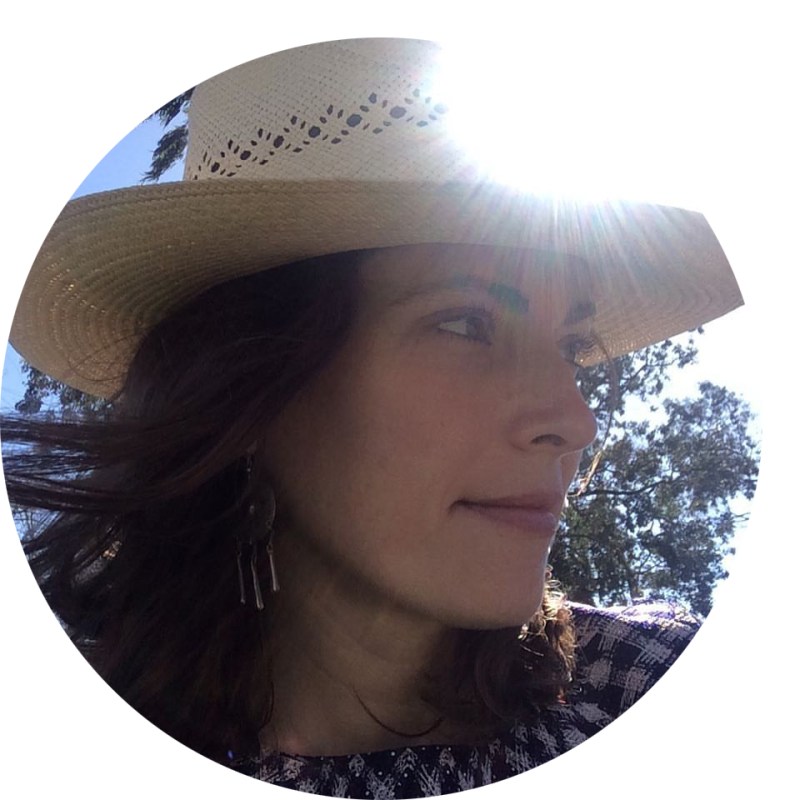
Author: Andrea Medina
Born in Mérida and raised in the heart of the Peninsula, I consider myself a “yucaterca.” My childhood – without electronics, surrounded by nature and indigenous communities – made me sensible towards real, simple, genuine things and people. At age 7, I started a radio show with the XEPET “The Voice of the Maya” which allowed my imagination and creativity to develop and become my favorite space.
¿Enamorado de Yucatán? Recibe en tu correo lo mejor de Yucatán Today.
No te pierdas nuestros mejores artículos y la edición digital cada mes antes que nadie.
Related articles
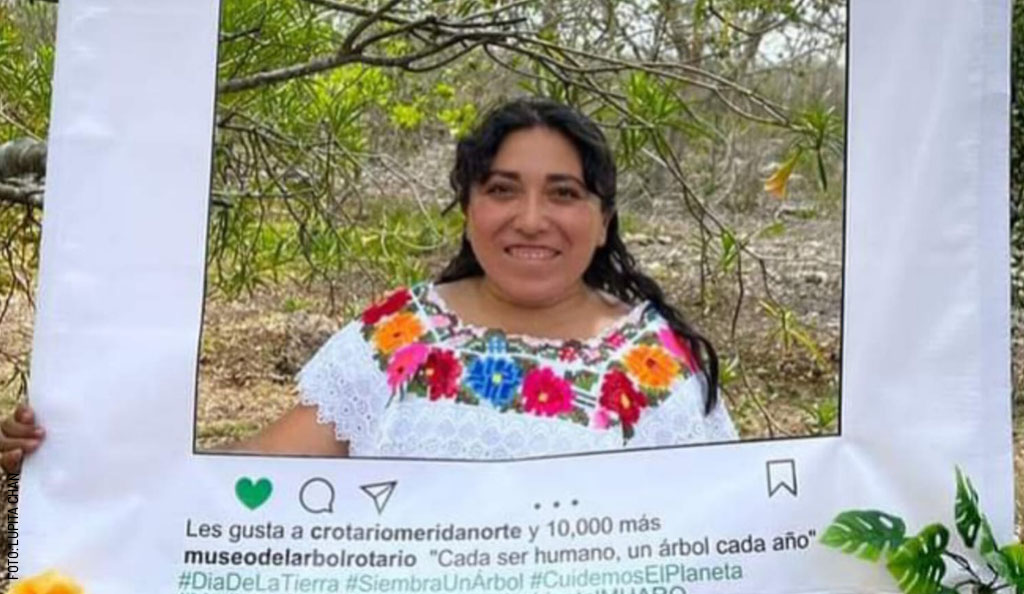
The Poetry of a Maya Woman: Lupita Chan
Everyone has a language of their own, which means that everyone can create poetry. Among those who make and work with words are the strong,...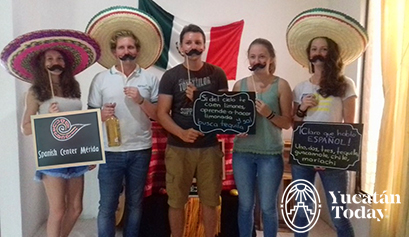
Language Schools in Mérida
Everyone knows that the best way to learn a language is to immerse yourself in the culture where that language is spoken. For years, Mérida has...